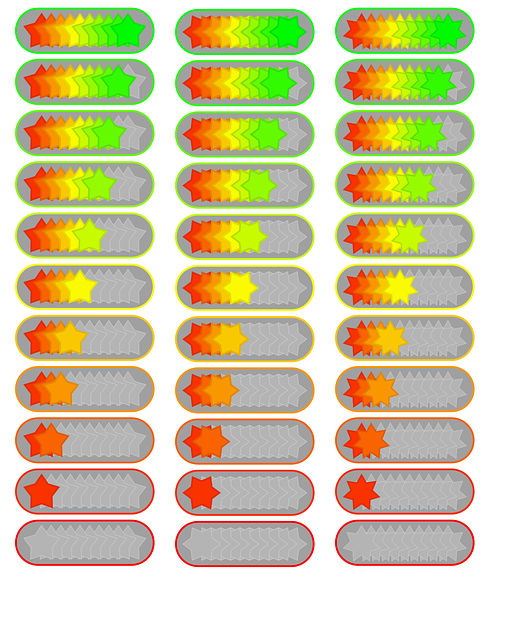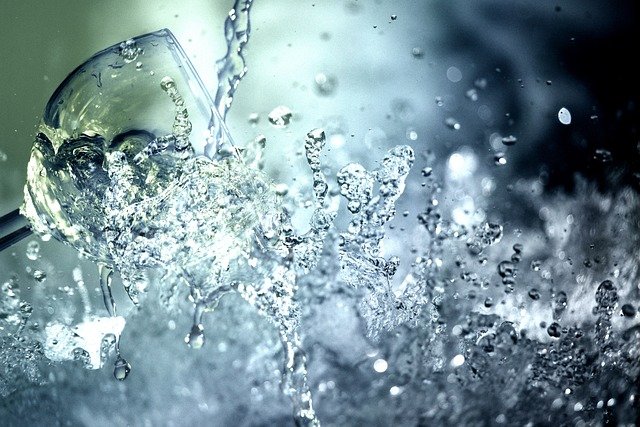-
Table of Contents
“Calcium Oxalate: The Key to Unlocking Urine Crystal and Stone Prevention!”
The Causes and Symptoms of Calcium Oxalate Urine Crystals and Stones
Calcium oxalate urine crystals and stones are a common problem that can cause a great deal of pain and discomfort. While the exact cause of these crystals and stones is not known, there are certain factors that can increase the risk of developing them.
The most common cause of calcium oxalate urine crystals and stones is a diet high in oxalates. Oxalates are found in many foods, including spinach, rhubarb, beets, nuts, chocolate, and tea. Eating too much of these foods can lead to an excess of oxalates in the urine, which can form crystals and stones.
Other factors that can increase the risk of calcium oxalate urine crystals and stones include dehydration, certain medications, and certain medical conditions. Dehydration can cause the urine to become more concentrated, which can lead to the formation of crystals and stones. Certain medications, such as diuretics, can also increase the risk of developing these crystals and stones. Certain medical conditions, such as kidney disease, can also increase the risk.
The symptoms of calcium oxalate urine crystals and stones can vary depending on the size and location of the stones. Common symptoms include pain in the lower abdomen or back, blood in the urine, and difficulty urinating. If the stones are large enough, they can block the flow of urine, leading to severe pain and other complications.
If you think you may have calcium oxalate urine crystals and stones, it is important to see a doctor right away. Your doctor can diagnose the condition and recommend treatment options. Treatment may include medications to help break up the stones, or surgery to remove them.
Although calcium oxalate urine crystals and stones can be painful and uncomfortable, it is important to remember that they are treatable. With the right treatment, you can reduce your risk of developing these crystals and stones and live a healthy, pain-free life.
How to Prevent and Treat Calcium Oxalate Urine Crystals and Stones
Preventing Calcium Oxalate Urine Crystals and Stones
Calcium oxalate urine crystals and stones can be prevented by making simple lifestyle changes. Here are some tips to help you reduce your risk:
1. Drink plenty of water. Staying hydrated is key to preventing calcium oxalate stones. Aim to drink at least 8 glasses of water a day.
2. Eat a balanced diet. Eating a balanced diet that is low in sodium and high in fiber can help reduce your risk of developing calcium oxalate stones.
3. Limit your intake of oxalate-rich foods. Foods high in oxalates, such as spinach, rhubarb, and nuts, can increase your risk of developing calcium oxalate stones.
4. Avoid high-calcium foods. Eating too much calcium can increase your risk of developing calcium oxalate stones.
5. Limit your intake of animal proteins. Eating too much animal protein can increase your risk of developing calcium oxalate stones.
6. Exercise regularly. Regular exercise can help reduce your risk of developing calcium oxalate stones.
Treating Calcium Oxalate Urine Crystals and Stones
If you have already developed calcium oxalate stones, there are several treatments available. Here are some tips to help you treat your condition:
1. Drink plenty of water. Staying hydrated is key to treating calcium oxalate stones. Aim to drink at least 8 glasses of water a day.
2. Take medications. Your doctor may prescribe medications to help break down the stones and reduce your risk of developing new ones.
3. Have surgery. In some cases, surgery may be necessary to remove the stones.
4. Follow a special diet. Your doctor may recommend a special diet to help reduce your risk of developing new stones.
5. Take supplements. Your doctor may recommend taking certain supplements, such as potassium citrate, to help reduce your risk of developing new stones.
By following these tips, you can help prevent and treat calcium oxalate urine crystals and stones. With the right lifestyle changes and medical treatments, you can reduce your risk of developing new stones and live a healthy life.
The Role of Diet and Nutrition in Managing Calcium Oxalate Urine Crystals and Stones
Good nutrition and diet are essential for managing calcium oxalate urine crystals and stones. Eating a balanced diet that is low in oxalates and high in calcium can help reduce the risk of developing these stones.
Calcium oxalate stones are the most common type of kidney stone. They are formed when calcium and oxalate bind together in the urine. Oxalates are found in many foods, including spinach, rhubarb, beets, nuts, and chocolate. Eating a diet that is low in oxalates can help reduce the risk of developing these stones.
Calcium is also important for preventing calcium oxalate stones. Eating foods that are high in calcium, such as dairy products, can help reduce the risk of developing these stones. It is important to note that calcium supplements can increase the risk of developing stones, so it is best to get calcium from food sources.
In addition to eating a balanced diet, drinking plenty of fluids is also important for managing calcium oxalate stones. Drinking at least eight glasses of water a day can help flush out the kidneys and reduce the risk of developing stones.
Finally, it is important to avoid certain foods that can increase the risk of developing calcium oxalate stones. These include foods that are high in sodium, such as processed foods, and foods that are high in animal protein, such as red meat.
By following a balanced diet that is low in oxalates and high in calcium, drinking plenty of fluids, and avoiding certain foods, you can help reduce the risk of developing calcium oxalate stones. Eating a healthy diet and staying hydrated can help you manage these stones and keep your kidneys healthy.
Conclusion
In conclusion, calcium oxalate is a common type of crystal and stone found in the urine. It is often associated with kidney stones, but can also be caused by other factors such as diet, dehydration, and certain medications. Treatment for calcium oxalate stones and crystals typically involves dietary changes, increased fluid intake, and medications. It is important to speak with a healthcare provider to determine the best course of treatment for your individual situation.




